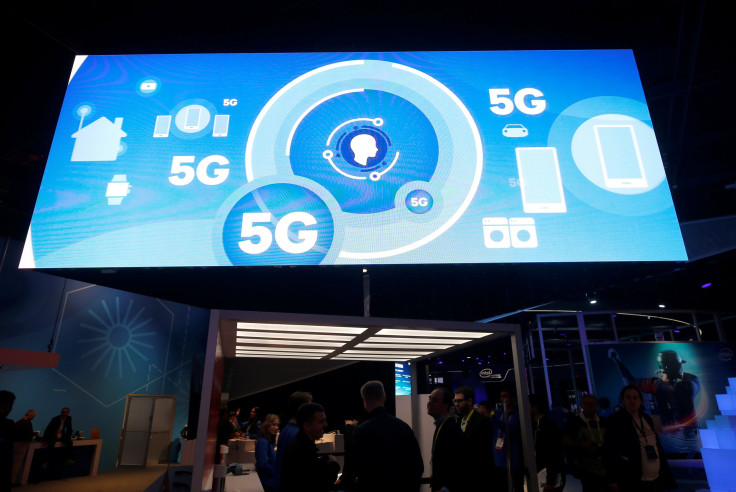Smartphone Trends 2017: 5G, Bluetooth 5.0, Pressure-Sensitive Buttons, Other Developments Expected

It is still early in the year, and yet, the smartphone industry roadmap for the year seems to have been laid out. 2017 is expected to be a year which would bring major hardware innovations to smartphones.
Here are the major smartphone innovations which will set the trends in terms of hardware-based features for the year and beyond:
Edge-to-edge displays: Major smartphone companies, it seems, are ditching bezels and even the traditional home buttons and embracing edge-to-edge displays. These displays cover the entire front of the device and have components such as front camera, front-facing speakers and fingerprint sensors built into the display itself rather than placed alongside it.
The industry trendsetters — Samsung and Apple — are expected to feature edge-to–edge displays in their 2017 flagship devices.
10nm processors: Samsung has shared its 10nm processor-based FinFET technology with Qualcomm, which produces processors for leading smartphone companies using Android OS such as LG, HTC, Xiaomi and others.
10nm is the buzzword for improved processors since processors made using this technology come with more transistors in a small area leading to better processing power and battery life. Since Qualcomm already has its hands on the technology, it is expected to create the next top-of-the-line processors based on it. Such processors could feature in many flagships releasing throughout the year.
Pressure-sensitive buttons: Physical buttons on smartphones are passé. Many smartphone makers have already switched to software or touch-based buttons for the home, back and open tabs. This year, even the volume rocker and power button, apart from the traditional home button placed on Samsung and Apple devices, might give way to touch-based buttons.
Devices such as the iPhone 8 are expected to have 3D-touch pressure-sensing buttons placed inside the display and body of the device.
Increased RAM: As smartphone processing needs change, the amount of RAM inside them also needs to increase. The current average RAM in smartphones is currently 2/3GB, 4GB on high-end devices, placing them at par with RAM on average PCs.
But as major software and hardware features are added to devices, leading smartphones, such as the Samsung Galaxy S8 and Note 8 are expected to have 6GB RAM at least.
5G and Bluetooth 5.0: Fifth-generation mobile networks having data speeds up to 1GB per second are expected to be rolled out by the end of the year. To be compatible with such networks, smartphones will have to come with bands which work on such speeds. Leading flagships coming out in 2017 are expected to be 5G-compatible.
Bluetooth is also expected to evolve further, with the introduction of Bluetooth 5.0. Bluetooth SIG claims that Bluetooth 5.0 would have four times longer range and twice the speed of the current Bluetooth standard.
© Copyright IBTimes 2024. All rights reserved.











